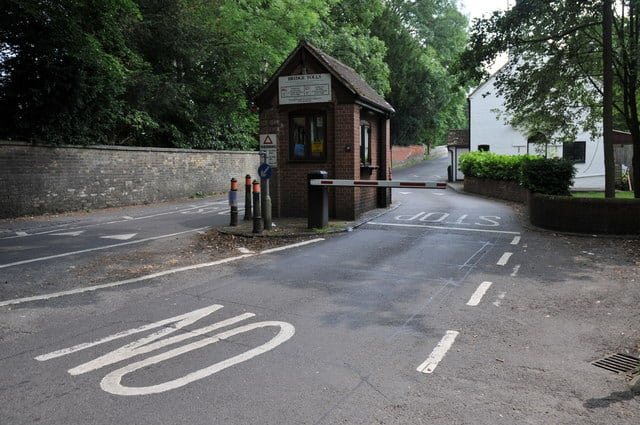Infrastructure in many parts of the world is crumbling. It is estimated that the funding gaps around the world are US$3.6 trillion for the United States, $200 billion for Canada, €1 trillion for Europe, and AUD$700 billion for Australia. And with countries unable to raise the funds to fill these gaps themselves, it creates an opportunity for companies to do it.
Brookfield Infrastructure Partners L.P. (TSX:BIP.UN)(NYSE:BIP) is one such company. As of the end of the March, it owned natural gas storage capable of holding 600 billion cubic feet of gas, 15,000 km of natural gas pipeline, 3.8 million gas and electric connections, 11,000 km of electrical transmission lines, 5,000 km of fibre optic lines, 10,000 km of railroads, 7,000 telecom towers, and 36 ports.
As you can imagine, these sorts of massive projects kick off incredible amounts of cash flow, making it possible for the company to pay increasingly lucrative dividends.
According to an investor presentation, Brookfield Infrastructure’s cash flow is broken down as follows: 35% is regulated, 58% is contractual, and 7% falls under the “other” classification. Even better, across its segments, it continues to kick off strong funds from operations. For the quarter, utilities generated US$100 million, transport generated US$123 million, energy generated US$62 million, and communications infrastructure generated US$19 million.
But how is Brookfield Infrastructure able to promise it will boost the distribution by 5-9% on a yearly basis?
There are two primary ways. First is through organic growth, where Brookfield Infrastructure expands existing projects or funds new projects from the balance sheet. For example, its Brazilian toll-roads business was awarded a 30-year concession to expand and operate a 720 km road in Sao Paulo. This contract is expected to generate significant cash flow.
All told, Brookfield Infrastructure has over US$2 billion in its organic pipeline.
The other way Brookfield Infrastructure grows is through acquisitions. The company, with its family of co-investors, buys massive projects that it expects will kick off generous amounts of cash flow.
For example, in the beginning of April, Brookfield Infrastructure completed the acquisition of a 90% ownership interest in Nova Transportadora do Sudeste S.A., which had originally been owned by Petroleo Brasileiro S.A. The Brookfield-led consortium will have to spend a total of US$5.2 billion with Brookfield Infrastructure deploying US$1.3 billion. This adds consider natural gas transmission capabilities to the company’s portfolio.
But the important thing is that Brookfield Infrastructure is a value investor and looks to add projects that will help the company deliver its goal of 10% year-over-year per-unit FFO growth. Therefore, if the project isn’t going to help achieve that, it waits. And so long as it keeps enough “dry powder” on the books, it’ll be able to decisively make acquisitions when opportunities arise.
Ultimately, this leads to the company’s ability to grow the dividend, which, historically, it has done flawlessly. Between 2009 and 2017, the per-unit distribution increased from US$0.71 to US$1.74 — a 12% CAGR. And going forward, the company is looking to increase the yield by anywhere from 5% to 9%. With its diversified business and its value mindset, I see little reason why it won’t be able to continue rewarding investors.









